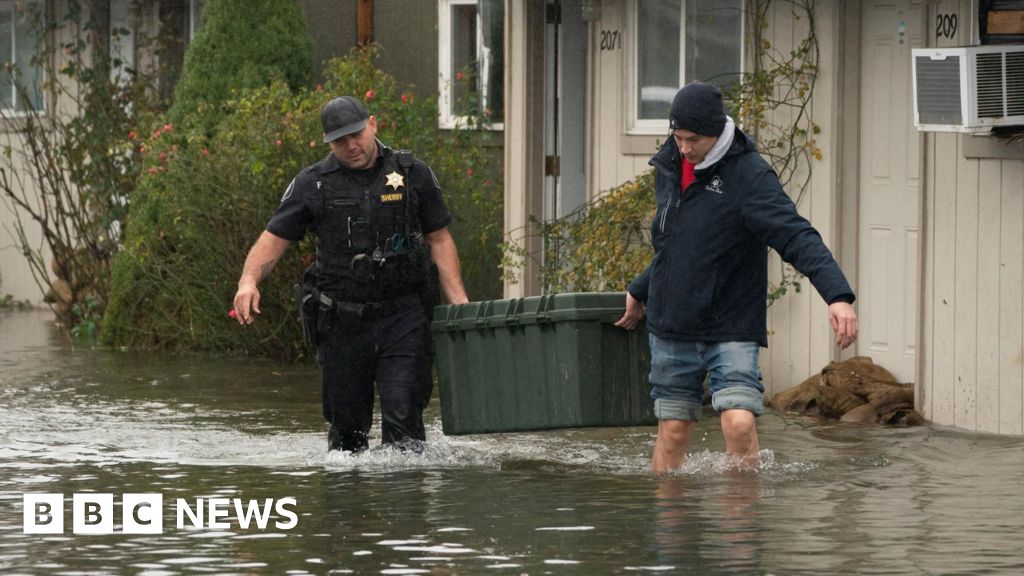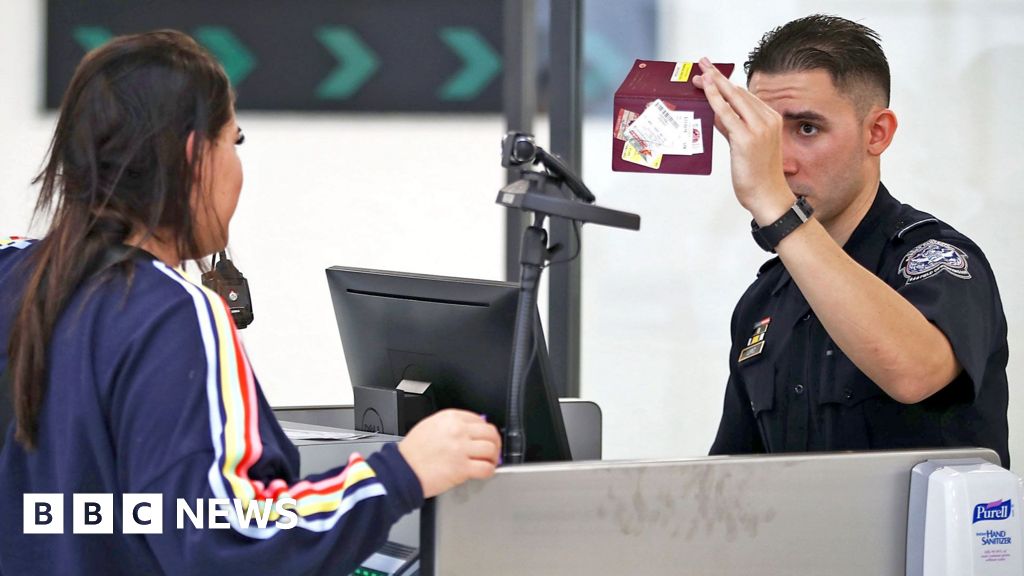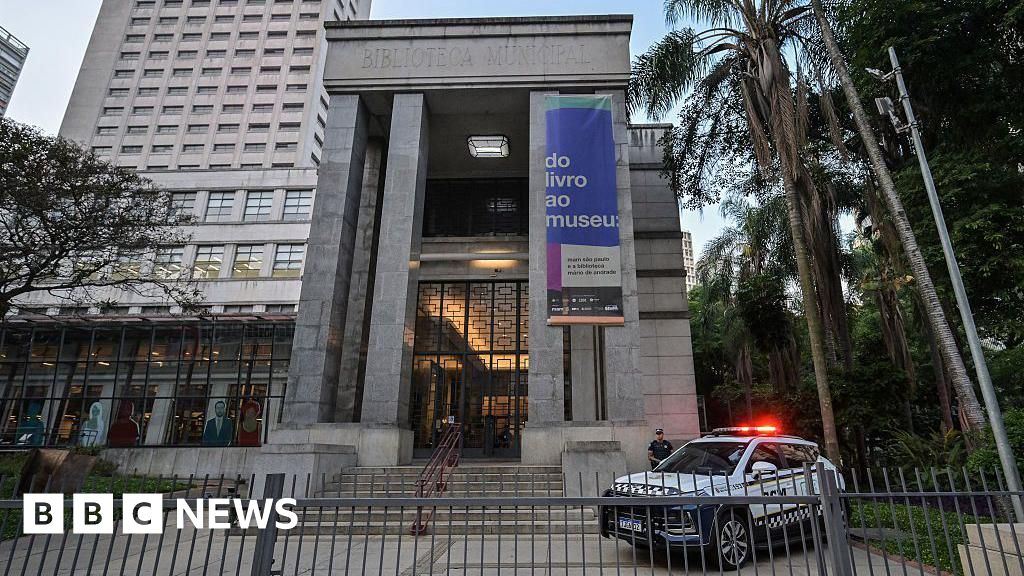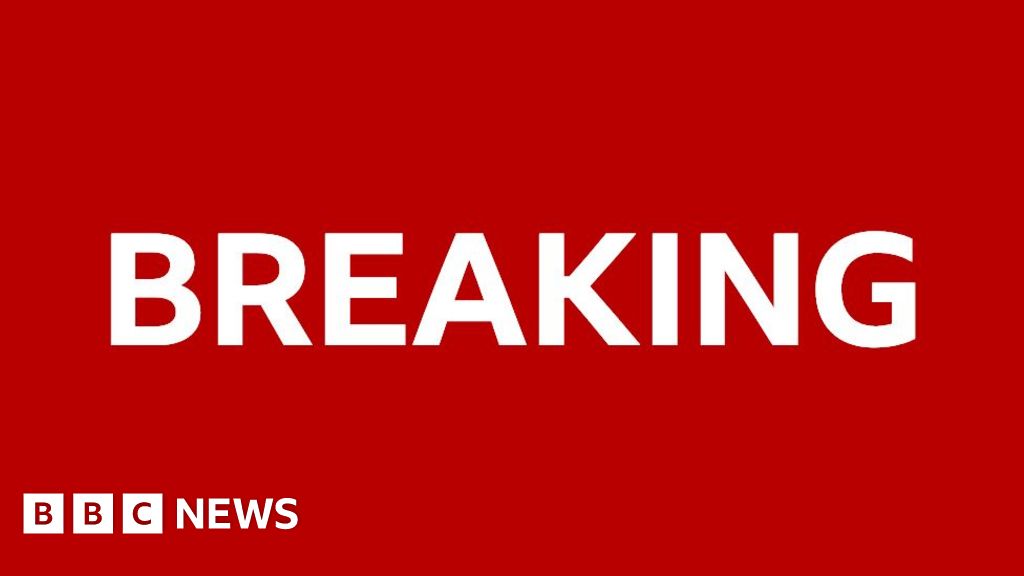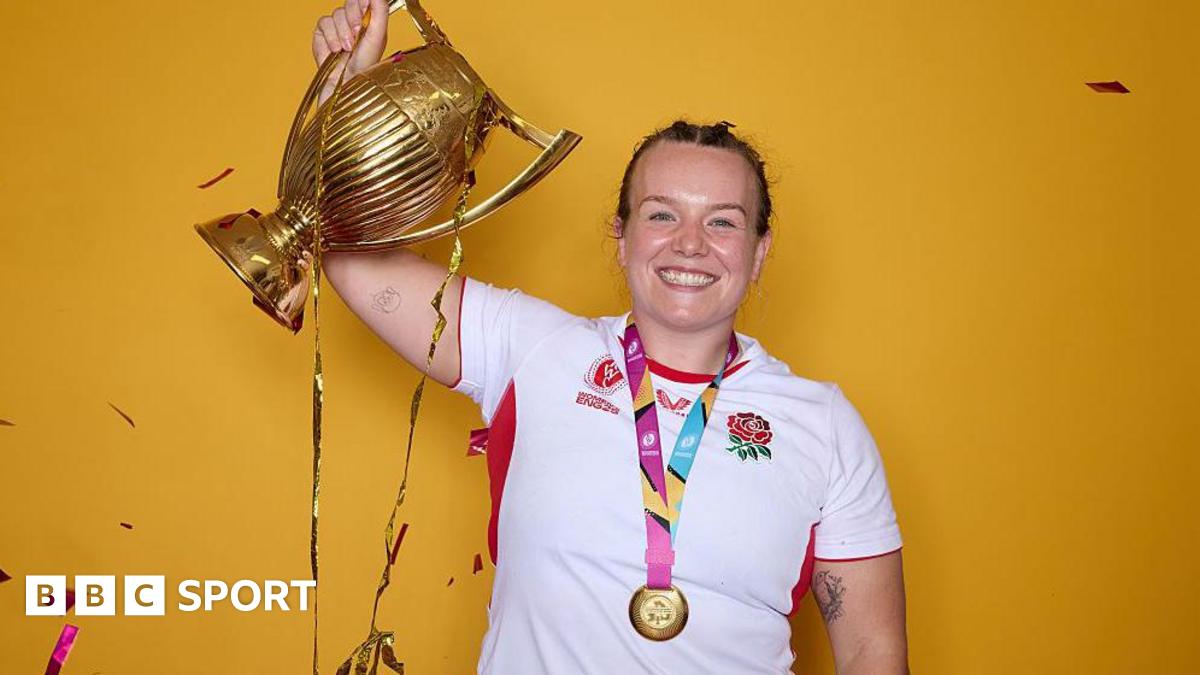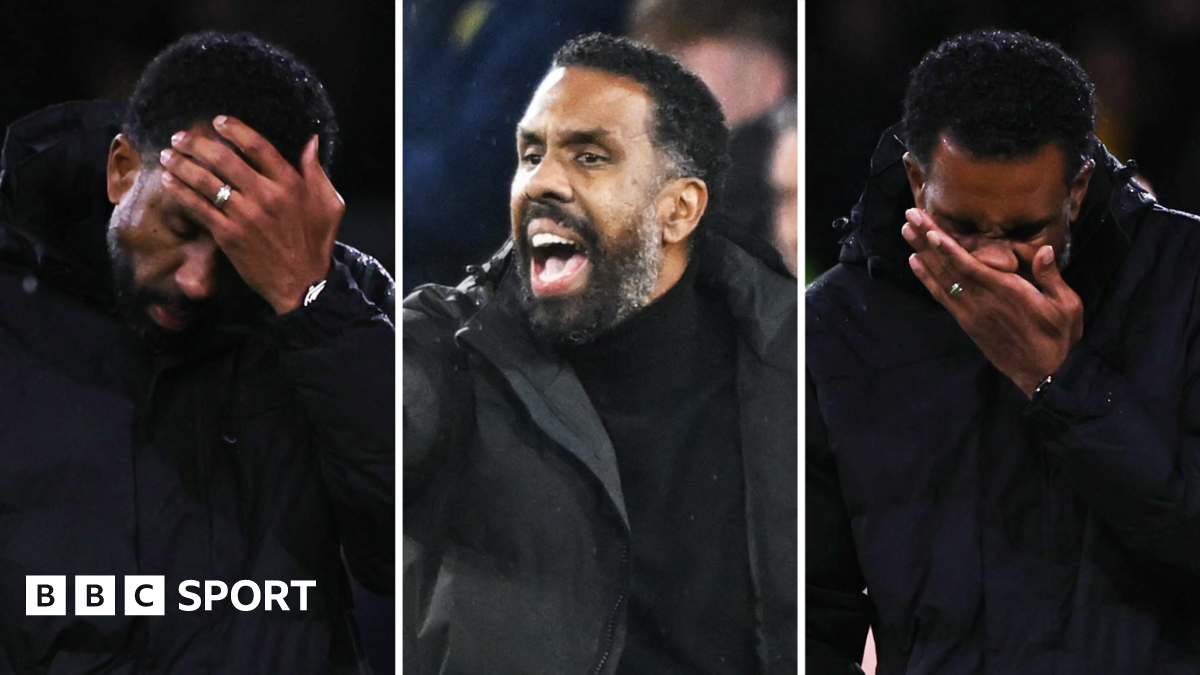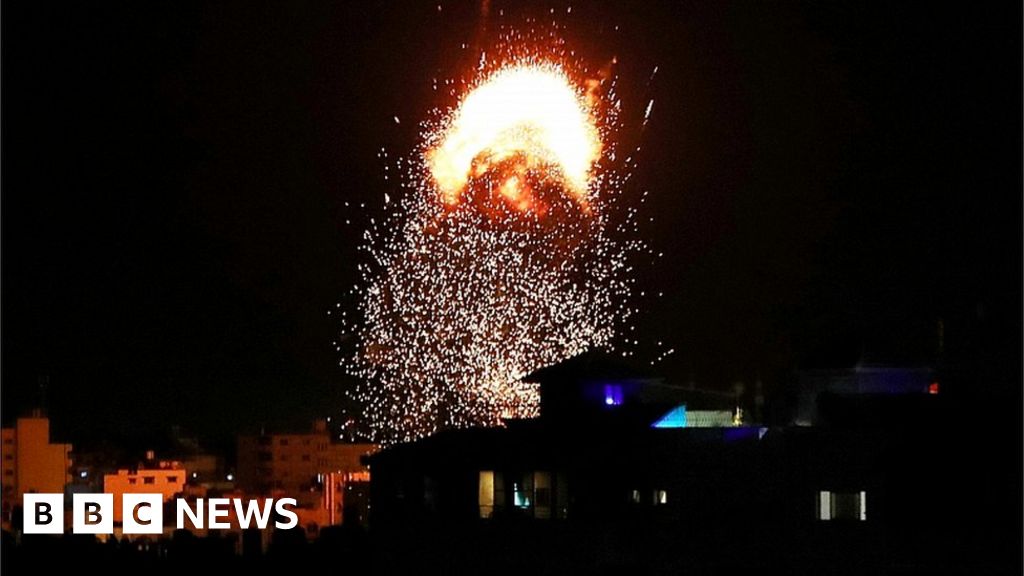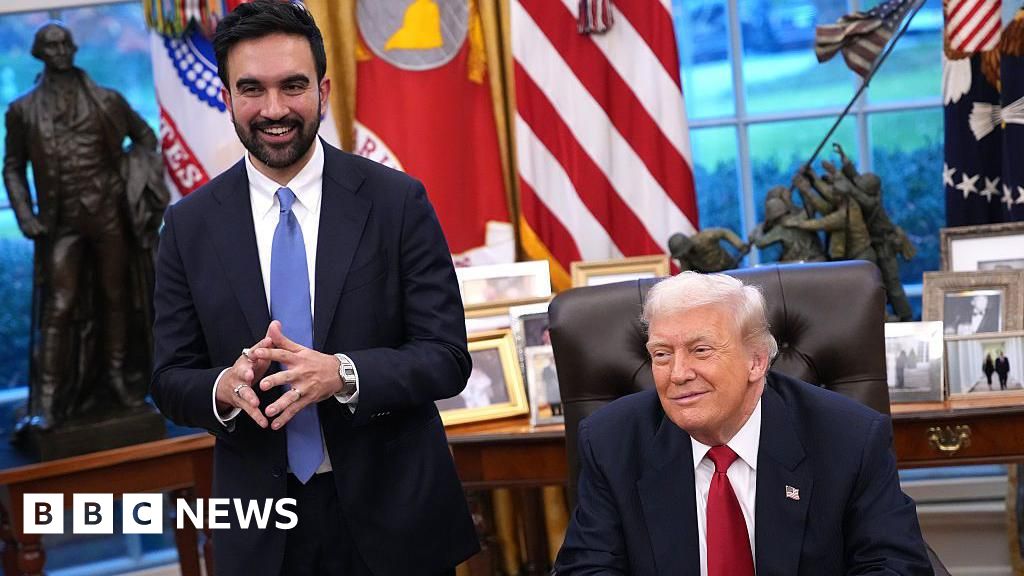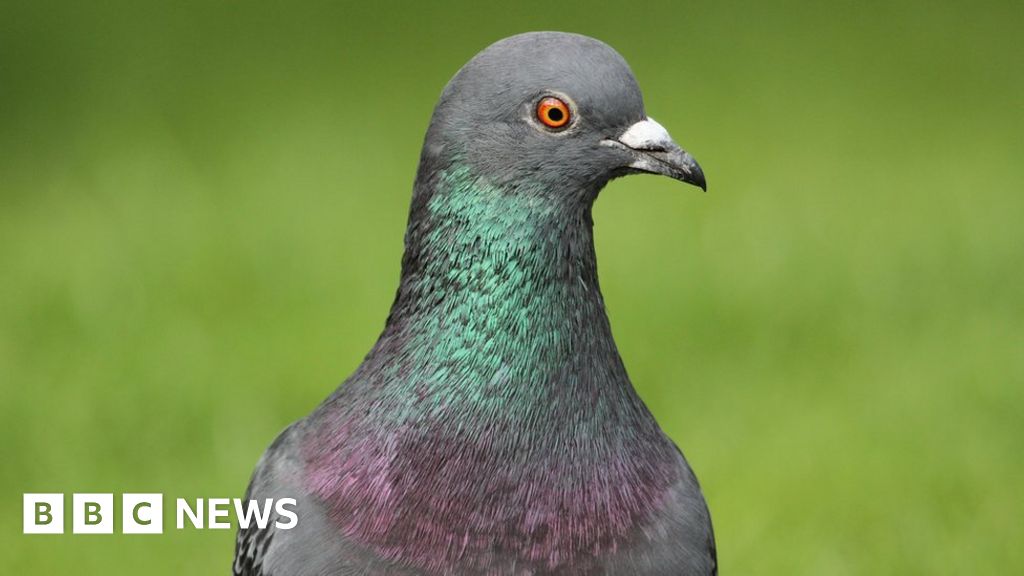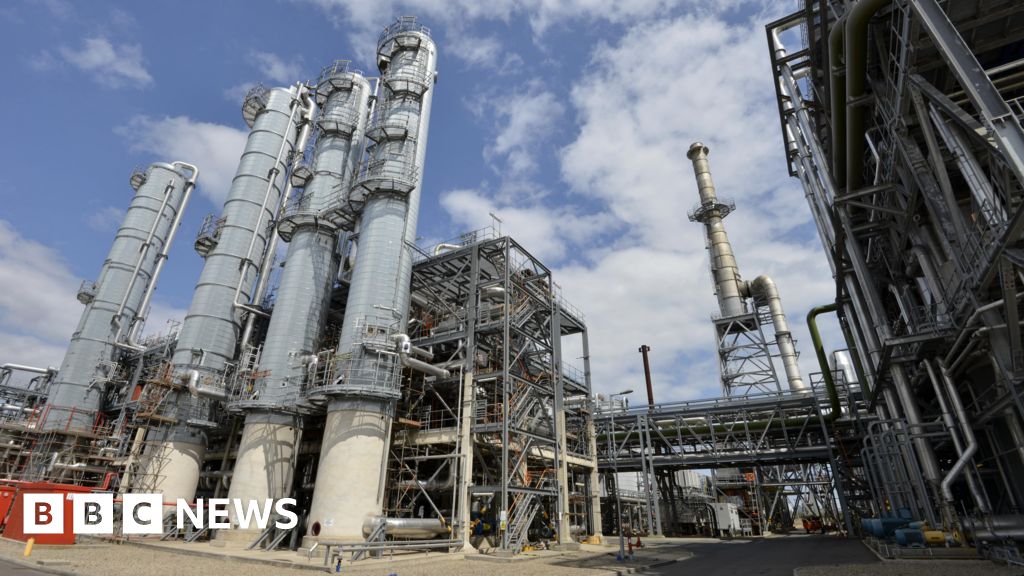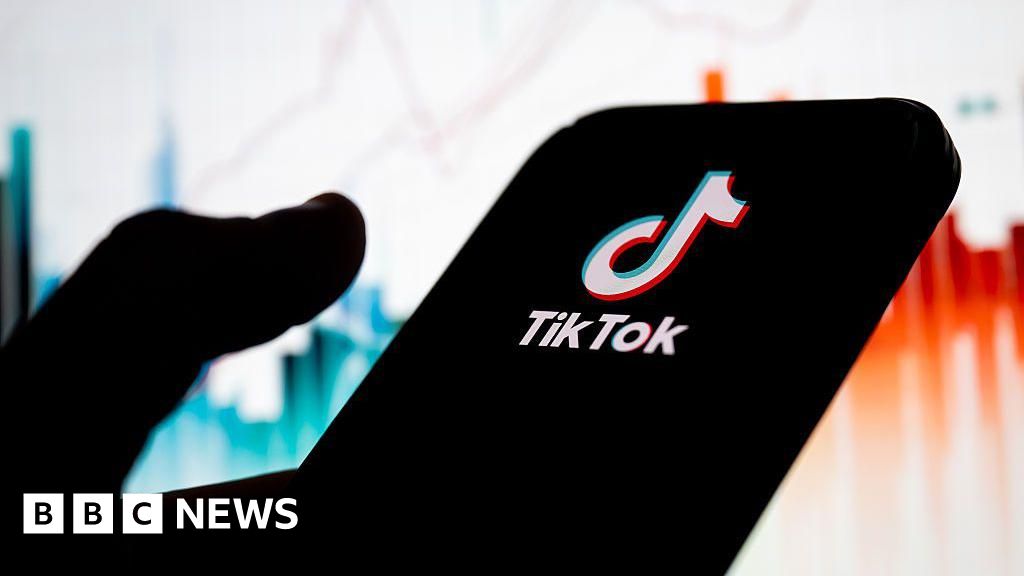Bournemouth manager Jonathan Woodgate said 2,000 fans provided a “brilliant atmosphere” and were the “12th man” in their Championship play-off semi-final first-leg win over Brentford.
Sport in England took another step towards normality as fans returned to venues across the country on Monday.
Horse racing, rugby league and rugby union also opened their doors.
It followed successful test events including the FA Cup final on Saturday, which saw about 20,000 fans at Wembley.
“I loved the fans being back here,” Woodgate told BBC Radio Solent.
“I absolutely love it. It’s different, we are not used to it. After the year we have had with no fans, it’s been quiet. The atmosphere was brilliant.”

The Cherries, who are looking to make an immediate return to the Premier League, opened their 11,000-seater stadium to home fans only in line with government restrictions.
Larger outdoor venues across England are now able to admit crowds of up to 10,000.
Smaller outdoor venues will have capacities capped at 4,000 or 50%, whichever is the lowest.
Barnsley were backed by 4,000 supporters for their play-off tie with Swansea, while about 3,000 rugby union fans watched Bristol Bears beat West Country neighbours Gloucester in the Premiership.
The biggest attendance permitted on the night was the 6,000 at the KCOM Stadium where Hull FC went down 27-10 to the Catalans Dragons. in the Super League.
Premier League fans return
On Tuesday, the doors of Premier League football stadiums open to home fans only at a reduced capacity.
With the penultimate round of top-flight fixtures pushed back to 18 and 19 May, every Premier League team has the chance to host a match in front of spectators before the end of the season on 23 May.
It is the first time since December, when up to 2,000 football fans were briefly allowed to attend some Premier League matches, that spectators have been allowed in to watch top-flight football.
Manchester United, who host Fulham at Old Trafford, and Southampton, who entertain Leeds United at St Mary’s, will be the first to welcome people back when they kick off at 18:00 BST.
Brighton & Hove Albion fans will watch their team take on champions Manchester City (19:00 BST), while Chelsea face Leicester City (20:15 BST) at Stamford Bridge in a repeat of Saturday’s FA Cup final which the Foxes won.
Six further games on Wednesday will have fans in attendance, while a season played almost entirely in the absence of spectators will come to an end with limited crowds at all 10 games on the final day on Sunday.
How did we get here?
The last major sporting fixtures and events without restrictions in England went ahead in the week starting 9 March 2020, which included Liverpool’s Champions League last-16 tie against Atletico Madrid at Anfield and racing’s Cheltenham Festival.
On 26 July spectators attended a sports event for the first time since March when a cricket friendly between Surrey and Middlesex got under way at The Oval. It was the first of the government’s trial events to get fans back last summer.
About 300 fans were allowed to watch the World Snooker Championship final between Ronnie O’Sullivan and Kyren Wilson at the Crucible Theatre in Sheffield on 15 August, but original plans to admit fans for all days of the tournament were reversed.
On 29 August, 2,500 people watched a friendly between Brighton and Chelsea at the Seagulls’ Amex Stadium – the first time fans had been allowed into a Premier League ground in almost six months.
More than 2,500 spectators bought tickets for Doncaster’s St Leger meeting which started on 9 September, the first crowd at a British horse racing fixture in six months, but the meeting went behind closed doors after the first day.
The Women’s Super League match between Arsenal and West Ham on 12 September was among a small number of pilot events that had limited a number of fans in attendance late last summer.
On 22 September the planned return of spectators to sports venues on a socially-distanced basis from 1 October was scrapped because a rise in coronavirus cases.
After a second national lockdown, EFL matches on 2 December at Wycombe, Luton, Charlton, Shrewsbury, Carlisle and Cambridge went ahead with spectators in attendance, the first to do so since a series of pilot events in September.
Arsenal were the first Premier League club to welcome fans back for their Europa League tie with Rapid Vienna on 3 December.
The match between Liverpool and West Brom on 27 December was the most recent Premier League fixture to be played in front of a 2,000 crowd. The last EFL fixtures with crowds were played at Plymouth, Shrewsbury and Barrow two days later.
The FA Cup final and World Snooker Championship were included in the Events Research Programme (ERP) list – designed to inform the government’s decisions on a roadmap out of lockdown – on 13 March.
The World Snooker Championship on 17 April became the first sports event of the year to welcome back spectators.
The Carabao Cup final at Wembley on 25 April – which was added to the ERP list after March 13 – was the first outdoor sports event with fans in attendance. Spectators did attend the FA Cup semi-final between Leicester and Southampton on 18 April, but these were residents and key workers who lived locally to Wembley.
The first day of the World Snooker Championship final on 2 May was the first sports event to be played at full capacity since the start of the pandemic.
The FA Cup on 15 May was played in front of about 20,000 spectators at Wembley, which is the the UK’s biggest football crowd since the coronavirus pandemic began. It is also the last test event before venues across England were able to welcome back up to 10,000 spectators from 17 May.
European football’s governing body Uefa say nine of the 12 host cities for this summer’s Euro 2020, starting on 11 June, will have spectators attending games. Wembley will host the final on 11 July.

